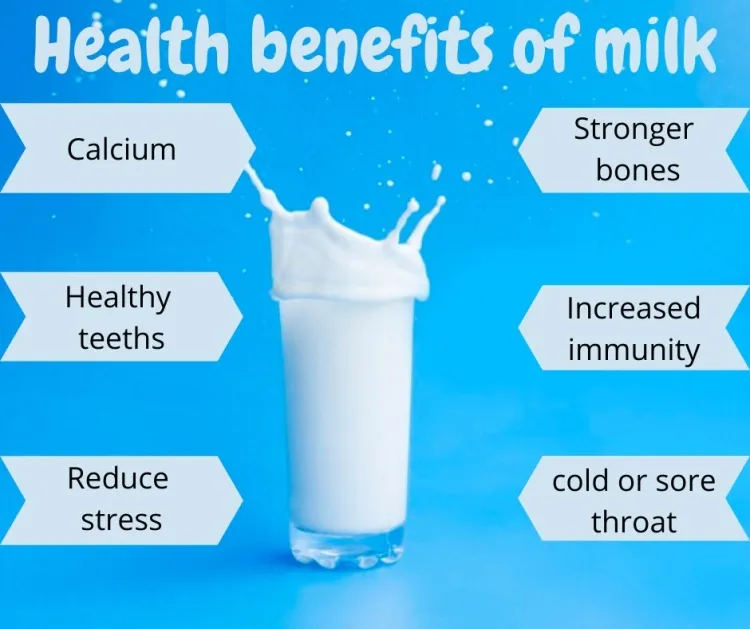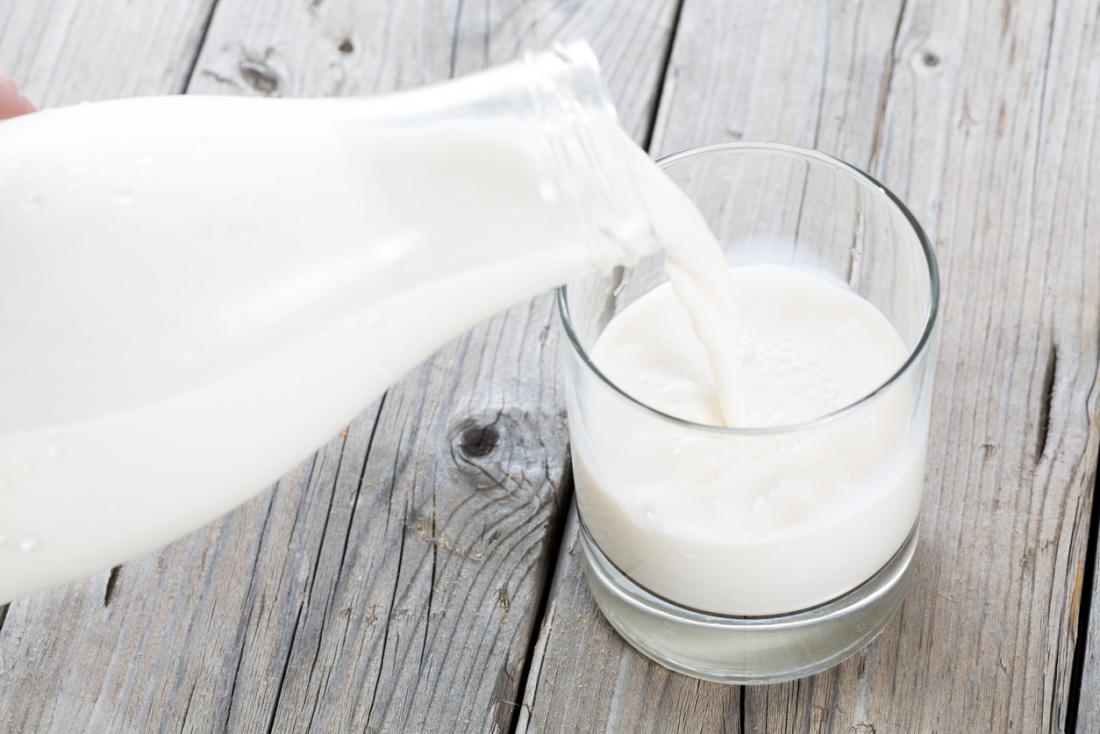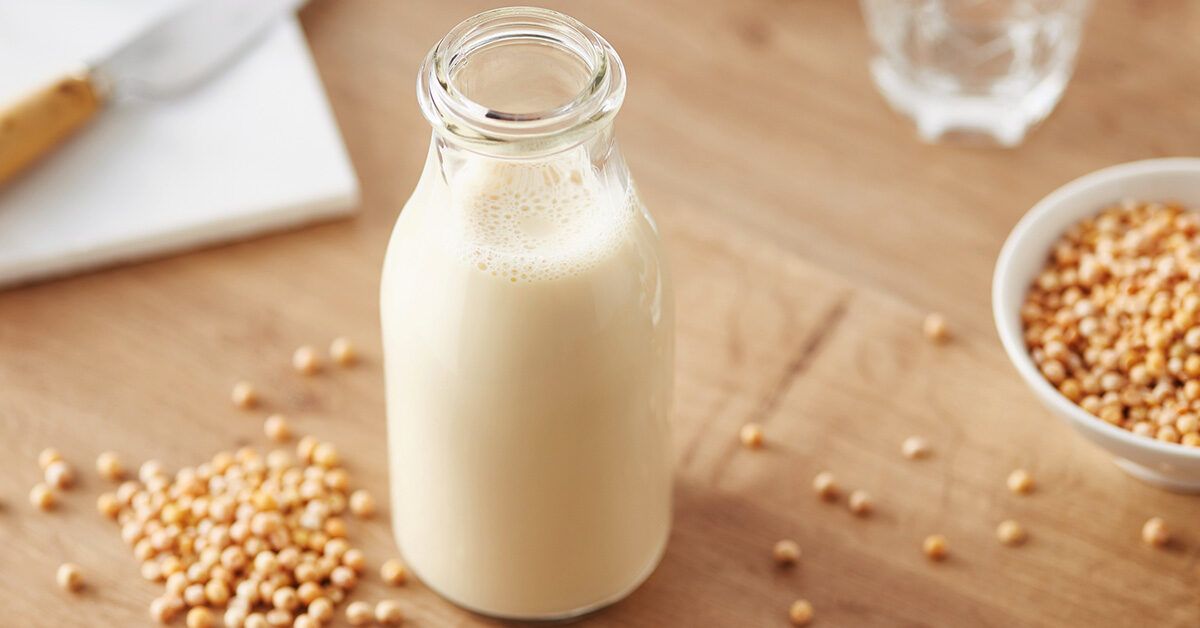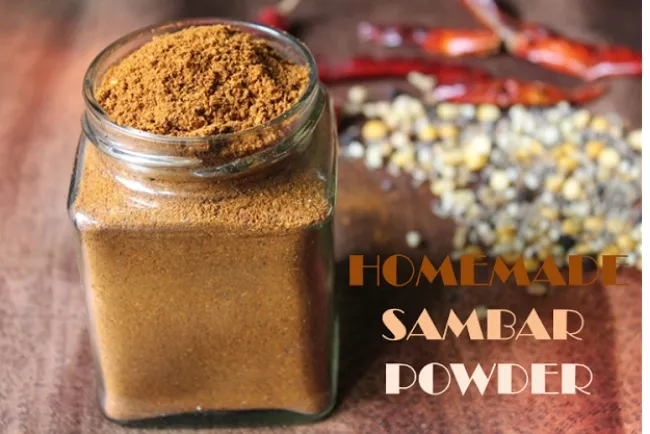Milk: A Nutritional Powerhouse in Culinary Traditions...!!!
The versatility and nutritional benefits of milk make it an invaluable part of diets around the world. From being a key ingredient in various dishes to its role in promoting health and well-being, milk remains a staple in kitchens globally. Whether enjoyed on its own or as part of a recipe, milk continues to be an essential and beloved component of culinary traditions.

Milk, a nutrient-rich liquid produced by mammals, has been an essential part of human diets for centuries. Its versatility and nutritional benefits have made it a cornerstone of various culinary traditions and daily consumption.
Nutritional Benefits of Milk
Milk is a nutritional powerhouse, making it a valuable component of a balanced diet. It is rich in:
-
Proteins: Vital for growth, muscle repair, and overall body function. The primary proteins in milk are casein and whey.
-
Vitamins: A good source of vitamins like B12, riboflavin, and vitamin D, along with smaller amounts of vitamins A and E.
-
Minerals: Abundant in calcium, phosphorus, and potassium, contributing to bone health and other physiological functions.
-
Fats: Whole milk offers a mix of saturated and unsaturated fats, essential for energy and cellular health.
-
Carbohydrates: Contains lactose, a natural sugar that provides a quick source of energy.

Culinary Uses of Milk
Milk is a versatile ingredient in various culinary applications:
-
Beverages:
-
Tea and Coffee: Commonly added to tea and coffee, creating popular drinks like lattes, cappuccinos, and chai.
-
Smoothies: Used as a base, milk is blended with fruits, vegetables, and other ingredients for nutritious smoothies.
-
Hot Chocolate: Heated and combined with cocoa powder or chocolate to make comforting hot chocolate.
-
-
Dairy Products:
-
Cheese: Milk is coagulated and fermented to create a wide range of cheeses, from soft brie to hard cheddar.
-
Yogurt: Fermented with beneficial bacteria, milk transforms into probiotic-rich yogurt used in various dishes.
-
Butter: Churning cream, a component of milk, yields butter, a staple in cooking and baking.
-
Cream: Separated from whole milk, cream enhances the richness of soups, sauces, and desserts.
-
-
Baking and Cooking:
-
Baked Goods: Adds moisture and richness to cakes, bread, pastries, and cookies.
-
Custards and Puddings: Combined with eggs and sugar, milk forms the base of custards, puddings, and other creamy desserts.
-
Sauces: Key ingredient in creamy sauces like béchamel and Alfredo, adding smooth texture and flavor.
-
-
Soups and Stews:
-
Creamy Soups: Milk or cream creates velvety soups like clam chowder, tomato bisque, and potato leek soup.
-
Stews: Enhances richness and creates a creamy consistency in stews.
-
Milk in Nutrition and Health
Milk plays a vital role in maintaining overall health. Some benefits include:
-
Bone Health: Calcium and vitamin D in milk are crucial for strong bones and teeth, reducing the risk of osteoporosis.
-
Muscle Growth: High-quality proteins support muscle growth and repair, beneficial for athletes and active individuals.
-
Hydration: With a high percentage of water, milk aids in hydration, especially after physical activity.
-
Weight Management: Provides a feeling of fullness with a balanced mix of nutrients, helping to manage weight by reducing snacking.

Milk Alternatives
For those who are lactose intolerant or prefer non-dairy options, several milk alternatives are available:
-
Soy Milk: Made from soybeans, rich in protein, and often fortified with vitamins and minerals.
-
Almond Milk: A low-calorie option with a mild, nutty flavor.
-
Oat Milk: Creamy and often used in coffee and baking.
-
Coconut Milk: Derived from coconut meat, rich, creamy, and with a distinct tropical flavor.
The versatility and nutritional benefits of milk make it an invaluable part of diets around the world. From being a key ingredient in various dishes to its role in promoting health and well-being, milk remains a staple in kitchens globally. Whether enjoyed on its own or as part of a recipe, milk continues to be an essential and beloved component of culinary traditions.
What's Your Reaction?

















